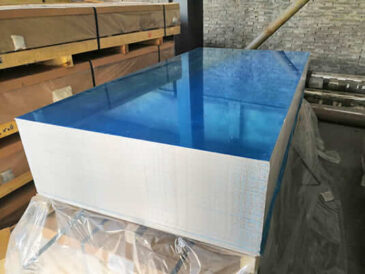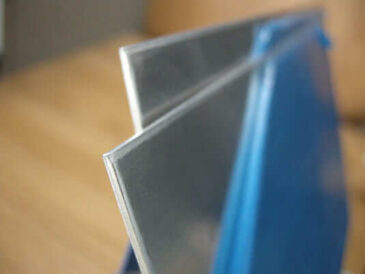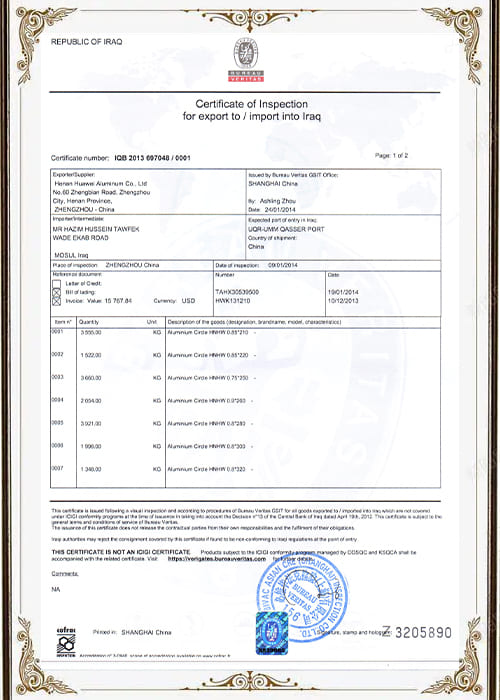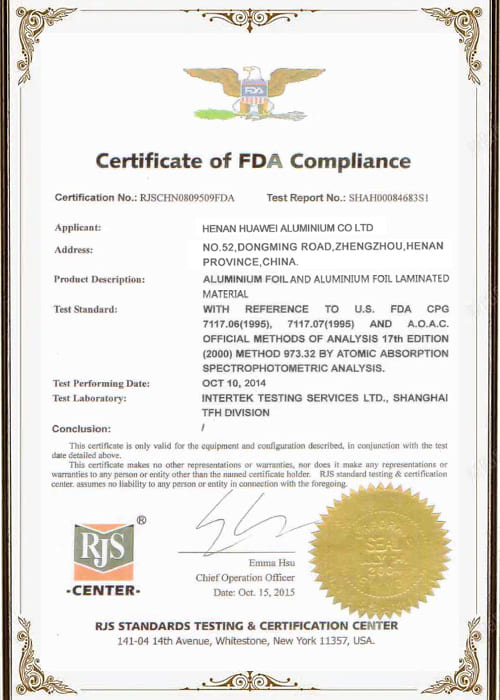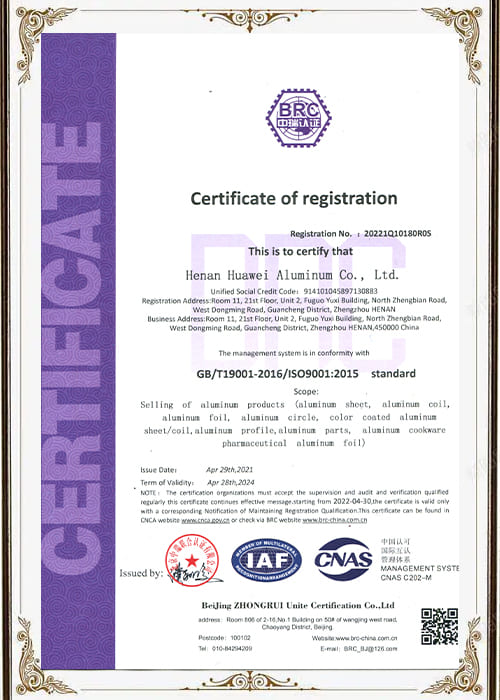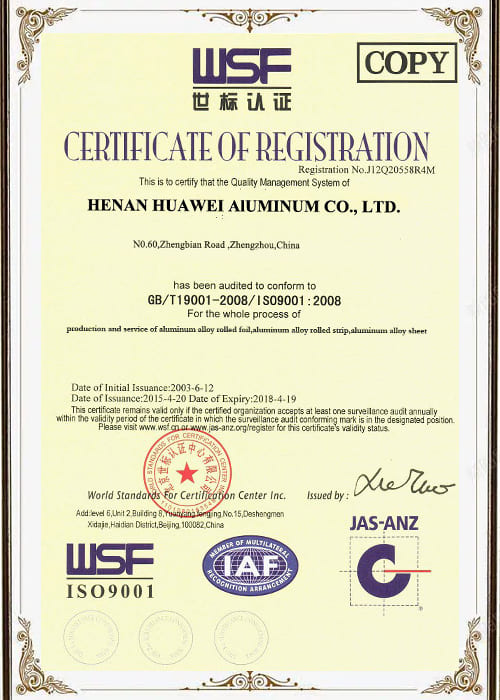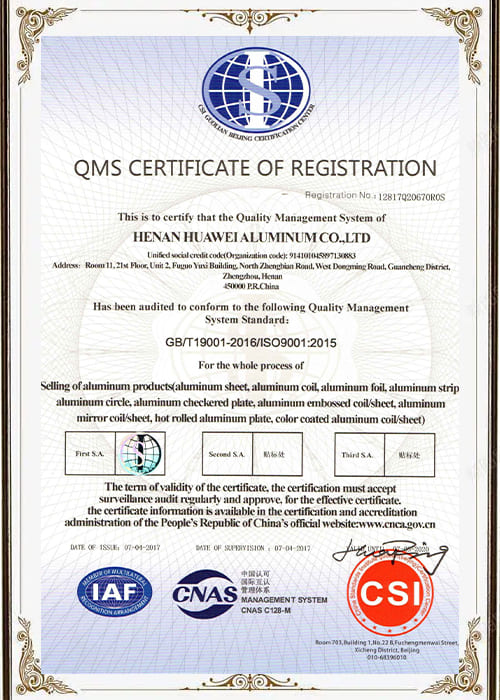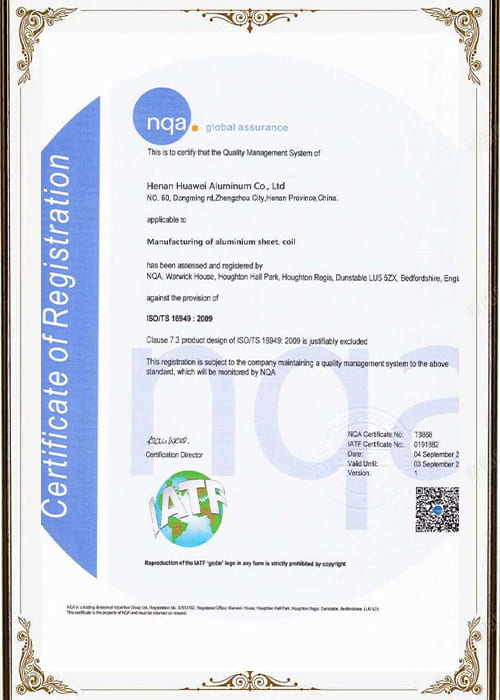Indledning: The Diversity of Length Units and Their Historical Background
Across the world,
different countries and regions use different units of length measurement.
Among these,
the inch (
in) og
millimeter (mm)
are two commonly used and significant units.
While both are used to measure length,
they differ in terms of their definition,
historical origins,
application areas,
and conversion methods.
Understanding their relationship,
differences,
and applications is crucial for tasks that require precise measurement,
engineering design,
and dimensional calculations in everyday life.
The Inch: History and Definition
1. Origin of the Inch
De
inch has a long history that dates back to ancient civilizations,
particularly ancient Egypt and Rome.
Initially,
the inch was defined based on human body dimensions.
Different cultures and time periods used various reference points. For eksempel,
ancient Egyptians used "
the length of the forearm,"
and the Romans referred to the "
width of a man's hand"
as their measurement. Imidlertid,
it was not until the 16th century that the modern imperial system of measurement began to take shape.
In the 16th century,
the inch was defined as "
the length of three barleycorns,"
which became the basis for many imperial units.
The standardization of the imperial system,
especially its adoption in Britain and the Americas,
laid the foundation for the modern definition of the inch.
2. Modern Definition of the Inch
Today,
the international standard definition of an inch is:
1 inch = 2.54 centimeters
This definition was established by an international agreement in 1959
by the International Bureau of Weights and Measures (
BIPM).
According to this standard, 1
inch equals 2.54
centimeters, eller 0.0254 meter, eller 25.4 millimeter.
This definition is widely adopted across all countries,
particularly in those that still use the imperial system,
such as the United States,
the United Kingdom,
and some English-speaking nations.
3. Symbol and Unit of the Inch
The symbol for the inch is in,
and it is commonly represented by the double quotation mark ". For eksempel,
5 inches can be written as 5 in eller
5".
4. Applications of the Inch
The inch is widely used in specific fields,
particularly in the United States and other countries that use the imperial system.
Below are some typical applications:
- Display Sizes: The size of televisions, computer monitors, and smartphone screens is often measured in inches. For eksempel, a television might be marketed as "42 inches."
- Mechanical and Industrial: The inch remains a standard unit in many fields, especially in aerospace and manufacturing. It is used in specialized measuring tools and equipment like calipers and micrometers.
- Construction and Interior Design: Although many countries have switched to the metric system, inches are still commonly used in construction materials, furniture dimensions, and home decor, particularly in the United States.
The Millimeter: History and Definition
1. Origin and History of the Millimeter
De
millimeter is a fundamental unit in the metric system,
which was developed in the late 18th century by French scientists and engineers.
The metric system,
also known as the International System of Units (
SI),
was designed to standardize measurements across the world,
ensuring consistency and precision.
The millimeter is part of the decimal-based system of measurement, med 1
millimeter equal to 1/1000
of a meter.
The introduction of the metric system simplified and unified the way the world measures length,
making millimeters a widely used unit globally.
2. Modern Definition of the Millimeter
According to the International System of Units (
SI):
- 1 millimeter = 0.001 meter (1 millimeter is one thousandth of a meter).
- 1 millimeter = 0.1 centimeters (1 millimeter is one-tenth of a centimeter).
This standard is universally adopted by all countries and is widely used in scientific,
technical, og industrielle applikationer.
3. Symbol and Unit of the Millimeter
The symbol for the millimeter is mm. For eksempel,
10 millimeter would be written as 10 mm.
4. Applications of the Millimeter
Millimeters are used in nearly every field requiring precise measurement.
Below are some common applications:
- Precision Engineering and Manufacturing: Millimeters are widely used in engineering design, Fremstilling, and quality control, particularly in industries such as automotive, rumfart, and electronics.
- Medicine: Medical imaging, pathology analysis, and surgical instruments often use millimeters as a unit of measurement.
- Construction and Civil Engineering: While the construction industry generally uses meters and centimeters, millimeters are important in high-precision tasks, such as reinforcing steel design in concrete structures, where slight differences can impact structural safety.
Comparison and Differences Between the Inch and Millimeter
1. Relationship
The relationship between inches and millimeters is straightforward.
According to the international standard,
1 inch = 25.4 millimeter.
This is a fixed conversion factor,
and it remains the same regardless of application or region.
For eksempel:
- 1 inch = 25.4 mm
- 5 inches = 5 × 25.4 = 127 mm
- 10 inches = 10 × 25.4 = 254 mm
2. Differences
Despite both being units of length,
inches and millimeters differ significantly in their historical context,
system of measurement,
and usage:
- Measurement System: The inch is part of the imperial system, whereas the millimeter is part of the metric system. The imperial system is based on natural objects and traditional experiences, while the metric system is decimal-based and designed for uniformity and simplicity.
- Scope of Use: The inch is primarily used in countries that follow the imperial system, such as the United States, Canada, and the United Kingdom, particularly in industries such as display technology, mechanical parts, and construction. I modsætning hertil, the millimeter is used universally around the world, especially in fields like science, medicine, and engineering.
- Precision and Resolution: Due to its smaller size, the millimeter provides greater precision than the inch. In precise measurements, such as in engineering or manufacturing, millimeters are typically preferred as they allow for finer distinctions.
Conversion Between Inches and Millimeters
Converting between inches and millimeters is simple and based on the conversion factor of 1 inch = 25.4 millimeter.
Thus,
any value in inches can be converted to millimeters,
and vice versa.
1. Converting Inches to Millimeters
To convert inches to millimeters,
you simply multiply the number of inches by 25.4. For eksempel:
- 5 inches = 5 × 25.4 = 127 millimeter
- 10 inches = 10 × 25.4 = 254 millimeter
2. Converting Millimeters to Inches
To convert millimeters to inches,
you divide the number of millimeters by 25.4. For eksempel:
- 127 millimeters = 127 ÷ 25.4 = 5 inches
- 254 millimeters = 254 ÷ 25.4 = 10 inches
This simple method of conversion is widely used in fields that require international standardization,
such as construction, Elektronik, Fremstilling,
and other technical fields.
Konklusion
While the inch and millimeter are both essential units of length,
they belong to different measurement systems—imperial and metric,
respectively.
The inch is commonly used in countries that still follow the imperial system,
especially in applications like television and screen sizes,
mechanical parts,
and construction.
The millimeter,
on the other hand,
is part of the metric system and is used worldwide,
particularly in scientific,
medical,
and engineering fields that require high precision.
Understanding the relationship between inches and millimeters,
particularly their conversion,
is a key skill in many industries and everyday life.
With this knowledge,
we can better understand global measurement standards and ensure accuracy and precision in our calculations and designs.



